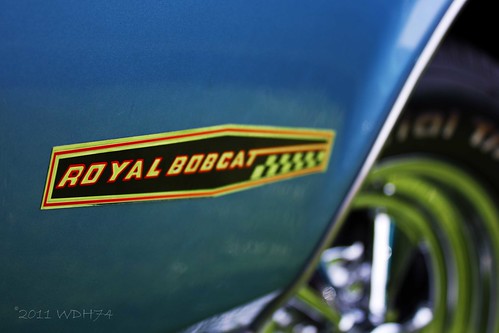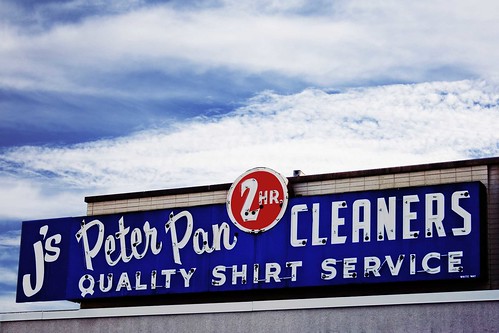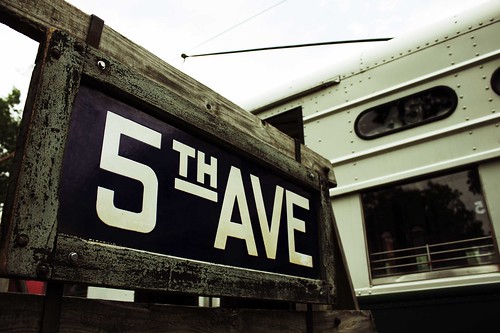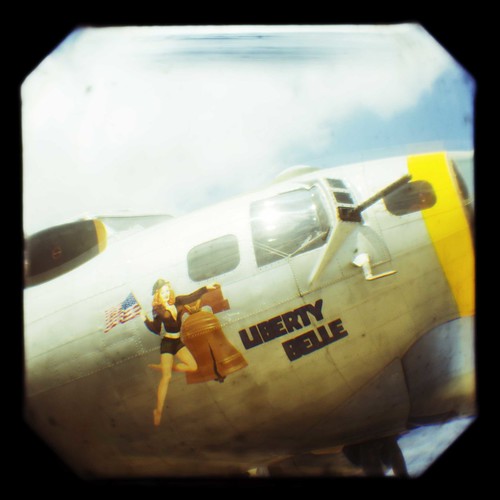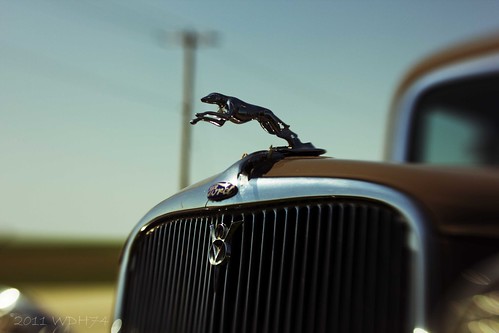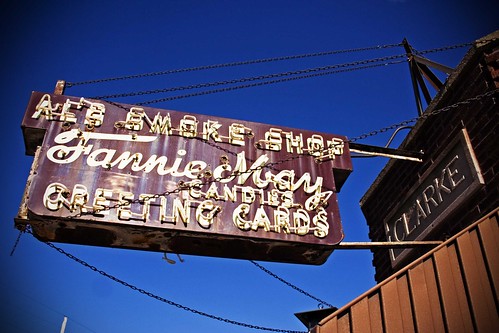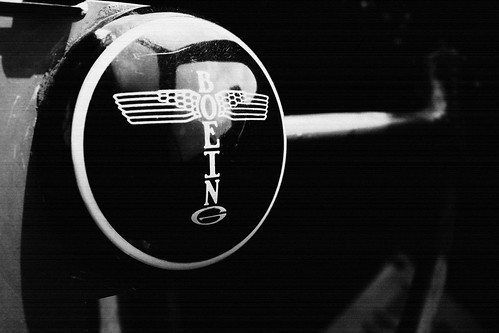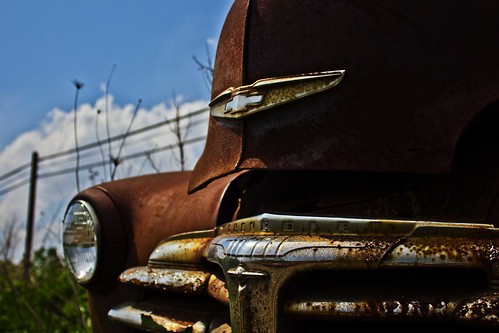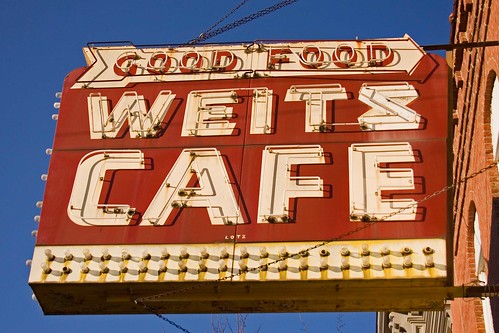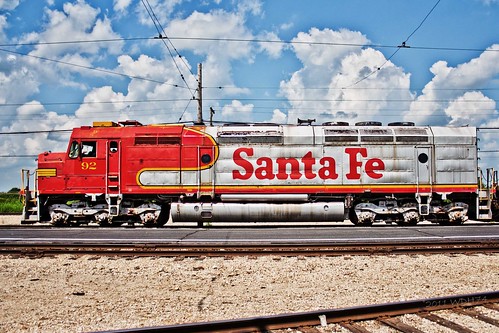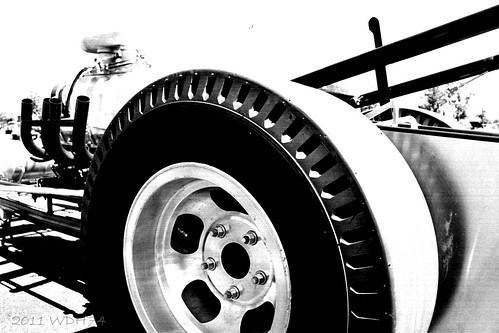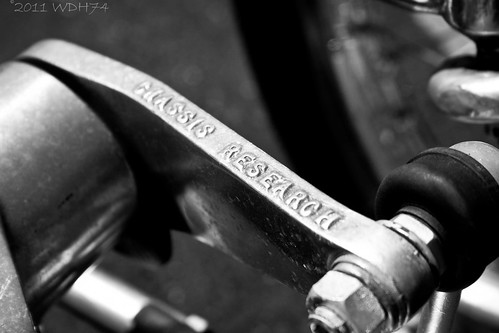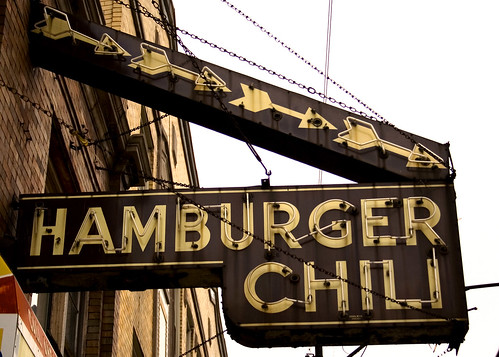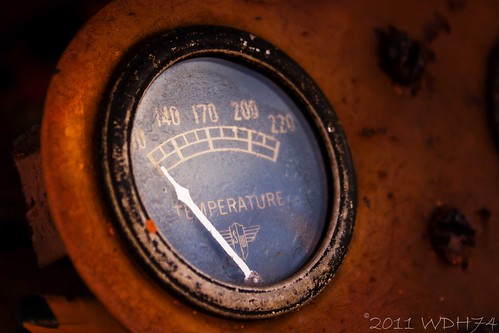
The Elgin, Joliet, and Eastern Railway is-or was-a popular Chicago area road. Formed in the late 1800's with the merging of several local railroads in Illinois and Indiana, and sought to serve the industries in the Gary-Hammond corridor. This paid off, and in 1900 U.S. Steel bought the EJ&E, and remained a steward of the road for the rest of it's existence. The J was a popular road with local railfans, mainly because of it's friendly (and fan-friendly) employees, and distinctive orange locomotives.
It was the EJ&E's route that avoided the congestion in Chicago that made the EJ&E attractive to other railroads, although none tried to merge or take over the J until Canadian National in 2007. The deal was closed in 2009, CN using the J's line to route freight around the busy rail hub in Chicago. This was met with controversy among residents in the Chicago suburbs, as they would now see up to six trains a day, rather than the two or so that the J would run, often at night.
I live near the J's line, north near the town of Wayne, which is where I took this shot. I seldom, if ever, saw a train on this line, as the J often ran at night or early in the day, but I've been stopped by a few Canadian National trains in the last few years. Most of the time they're pulled by CN's familiar black and red locomotives, but this one, back in March had one of the remaining EJ&E locomotives in the lead.


